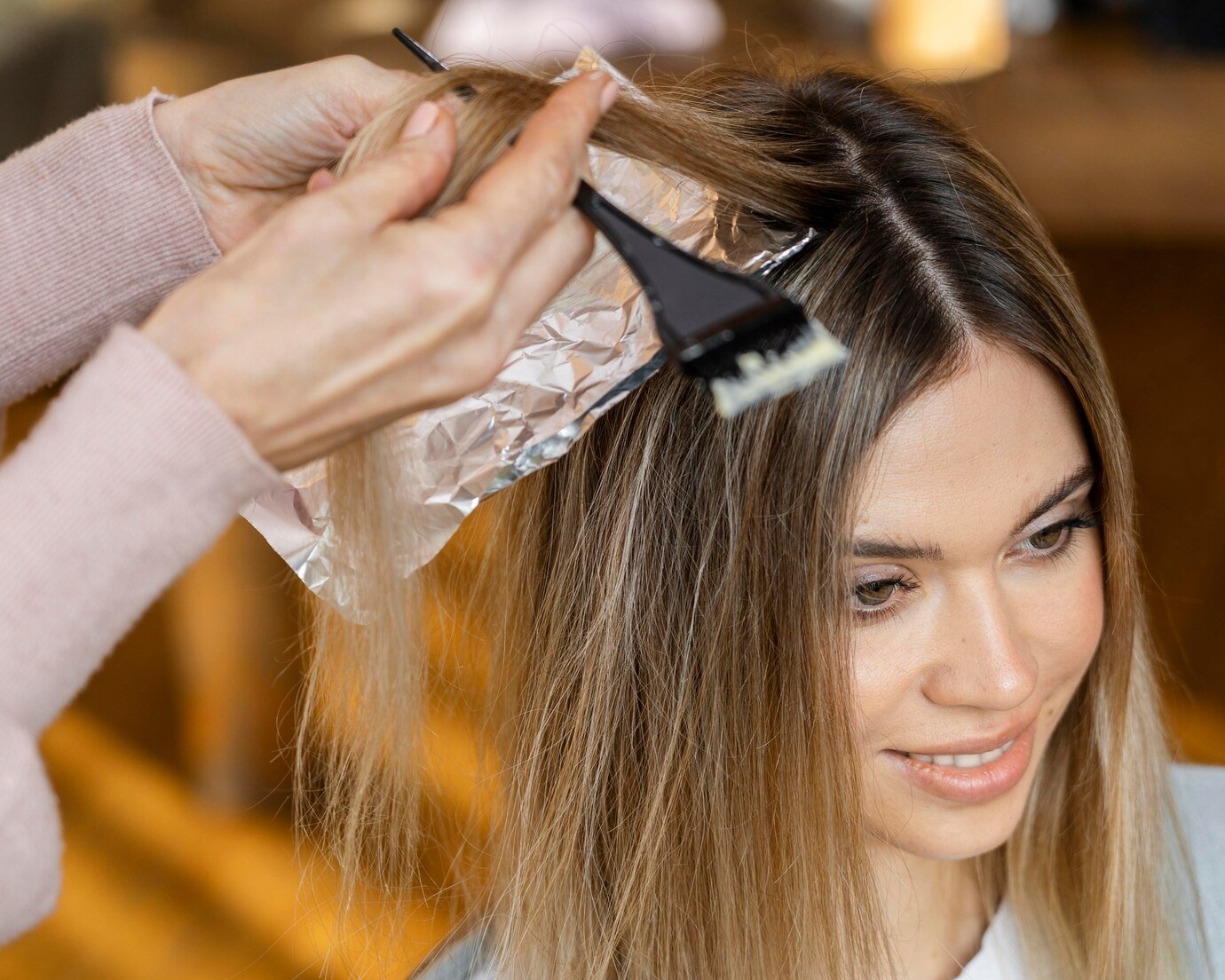


Hair reduction refers to treatments that minimize hair growth over time, either temporarily or permanently. The choice of method depends on skin type, hair color, and personal preferences.
✔ Uses laser energy to target and destroy hair follicles.
✔ Works best on darker hair and lighter skin tones but can be adapted for various skin types.
✔ Requires multiple sessions (6–10) for optimal results.
✔ Reduces hair growth significantly, though touch-ups may be needed.
✔ Uses broad-spectrum light to weaken hair follicles.
✔ Less effective than laser but works for a wider range of skin tones.
✔ Multiple sessions required.
✔ At-home IPL devices are available.
✔ The only FDA-approved permanent hair removal method.
✔ Uses a tiny electric current to destroy hair follicles one by one.
✔ Suitable for all hair and skin types.
✔ More time-consuming but highly effective for complete hair removal.
✔ Eflornithine (Vaniqa) – A prescription cream that slows facial hair growth.
✔ Works best in combination with laser or waxing.
✔ Requires continued use to maintain results.
✔ Removes hair from the root, reducing regrowth over time.
✔ Lasts 2–6 weeks, depending on hair type.
✔ Can cause irritation, ingrown hairs, or temporary redness.
✔ Chemical-based creams dissolve hair at the surface level.
✔ Quick and painless but may cause skin irritation.
✔ Results last about a week.
✔ Turmeric, papaya, and spearmint tea are known for gradually reducing hair growth.
✔ Consistent use may help but results vary.
🔹 For Permanent Results: Laser, IPL, or electrolysis.
🔹 For Temporary Reduction: Waxing, sugaring, threading.
🔹 For Sensitive Skin: Laser or electrolysis (done by professionals).